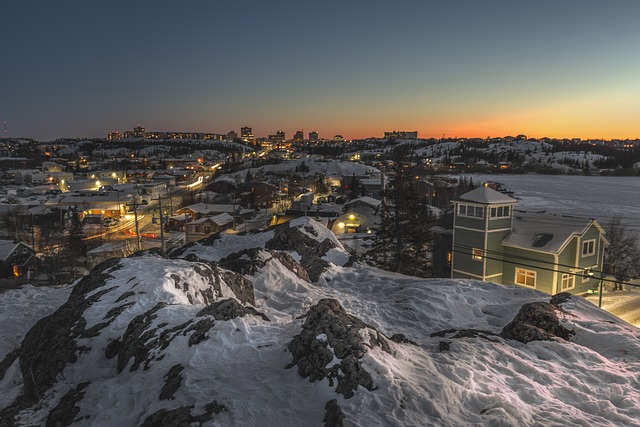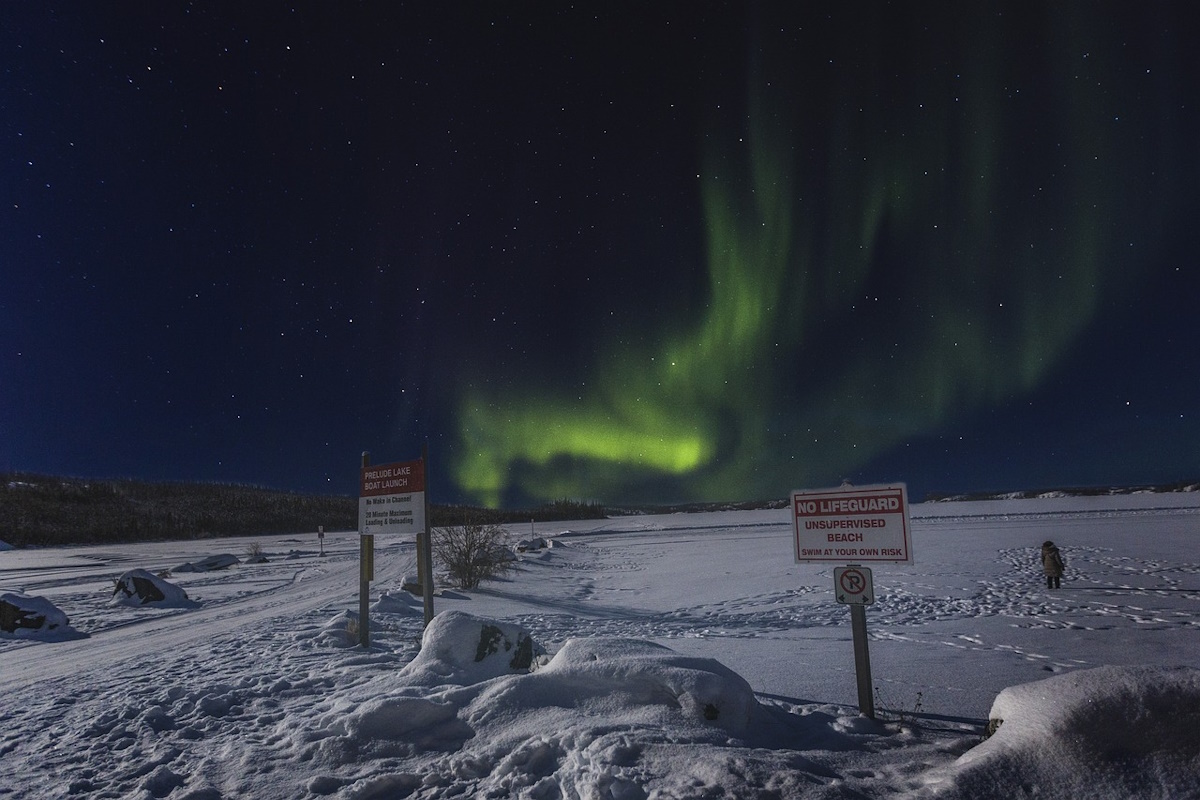The Pros and Cons of Living in Yellowknife
Yellowknife, the capital of the Northwest Territories, offers a unique blend of opportunities and challenges. Whether you’re drawn by the promise of adventure or the prospect of a tight-knit community, it’s essential to weigh the pros and cons before making the move.
Here are the top 10 advantages and disadvantages of living in Yellowknife.
Advantages
- Work-Life Balance: Yellowknife offers a genuine work-life balance with short commutes and generous vacation leave.
- Community Spirit: The city has a strong sense of community, with many residents taking pride in being northerners.
- Outdoor Activities: There are endless outdoor activities, including fishing, snowmobiling, hiking, and camping.
- Career Opportunities: The largest employer, the Government of the Northwest Territories, offers excellent benefits and job security.
- Educational Options: Yellowknife has a variety of schooling options, including public, Catholic, Montessori, and French immersion schools.
- Healthcare Facilities: The city has a hospital and numerous medical and dental clinics, providing good access to healthcare.
- Cultural Events: Residents can participate in national and international sports and cultural events, such as the Arctic Winter Games.
- Young Population: With a median age of 33.4, Yellowknife is a young and vibrant community.
- High Wages: Despite the high cost of living, wages are generally higher, which can offset some expenses.
- Northern Lights: The city offers spectacular views of the Northern Lights, a unique natural phenomenon.

Disadvantages
- High Cost of Living: The cost of living is significantly higher, especially for housing and groceries.
- Extreme Cold: Yellowknife is one of the coldest cities, requiring residents to be well-prepared for harsh winters.
- Isolation: The city is relatively isolated, which can make travel and access to certain goods and services challenging.
- Limited Entertainment: Some residents find Yellowknife boring due to limited entertainment options compared to larger cities.
- Expensive Internet: Internet services are costly and sometimes unreliable.
- Crime Rates: There are concerns about petty crime, such as car break-ins, although many residents still feel safe.
- Housing Shortage: There is a shortage of affordable housing, leading to high rental prices.
- Healthcare Wait Times: While healthcare facilities are available, wait times can be long, and there is no urgent care.
- Frequent Power Outages: Electric outages are common, especially during the winter months.
- Expensive Transportation: The cost of transporting goods and personal items to Yellowknife can be high, adding to the overall expense of living there.
Conclusion
Living in Yellowknife comes with its unique set of advantages and challenges. While the city offers a strong community spirit, excellent work-life balance, and numerous outdoor activities, it also presents high living costs, extreme cold, and isolation. Weighing these factors can help you decide if Yellowknife is the right place for you.

